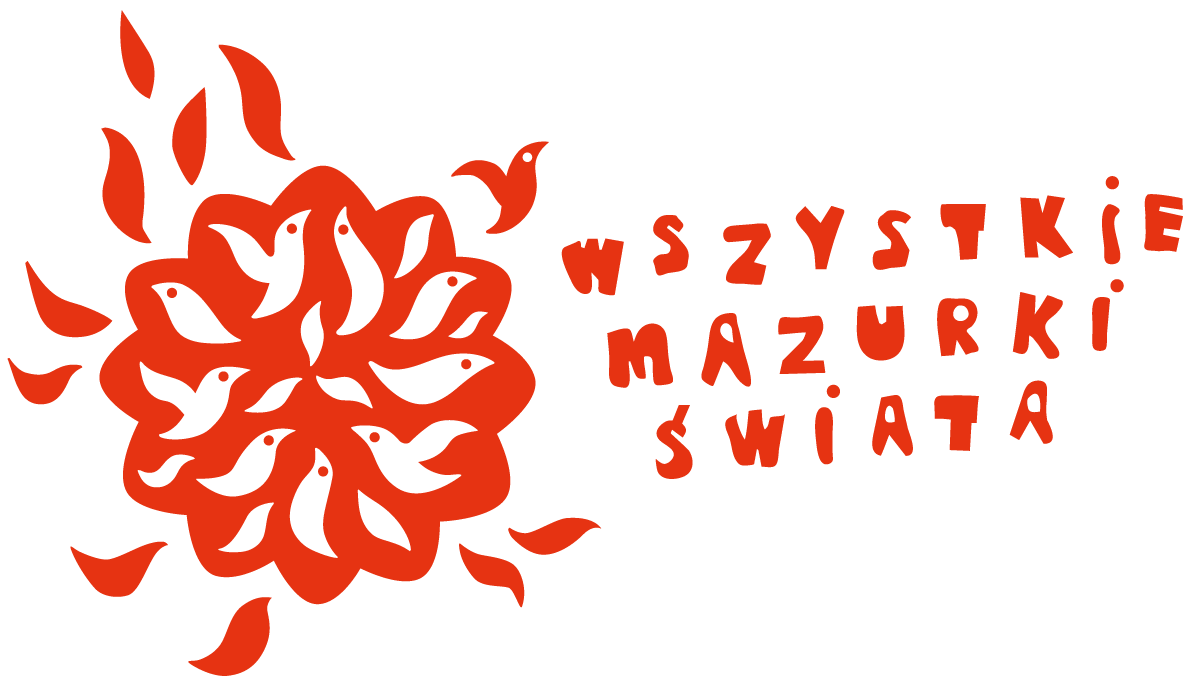Idea 2018
Dance
is on one hand very physical, carnal, on the other, immaterial and ephemeral. When it is happening, the entire universe is moving; when it stops, it leaves trodden ground and empty dance halls.
I dance, therefore I coexist
I am not alone. If I am dancing with a partner, I do not fight. We look at each other, closely. We are seeking a common pulse, feeling and understanding of music and movement. If we know the same melodies, it is easy – as if we spoke one language, talked without words. We get to know each other through dance.
There are more pairs around, and once we reach out to them, we make a circle. A community.
The dancing man
We have danced for thousands of years. Dance became an invention, creating mankind on many levels: it cured illness of body and soul, purified the spirit leading to catharsis, bonded individuals in a community. There is a great variety of dances depending on their purpose: rituals, love, war, trance, meditation, religion; their structure: solo, in pairs, in groups; and complexity – from simple rhythmical moves to an elaborate language of gestures and symbols.
It had to work. It works. How does it work?
I dance, therefore I am.
Celebration
To honor 100 years of Polish independence, we are dreaming about Dancing Poland.
Happy, open, merging pride with humility, expression with attention. Delighted by its heritage, yet curious of the world.
I dance, therefore I hear
Music is the wind, and I am the leaf. I respond to its call with all my senses, I move along with it, discovering and accepting my own nature. I move my legs, stamp my feet, I whirl and float. I am not straining, I let myself go, I become the music.
To such Poland, and such Mazurka we invite you
We dance, therefore we are TOGETHER
VIVA MAZURKAS 2018!
The Winding Paths of Polish Dancing –
From Neighbourhood to Nationhood and Back
By dr. Tomasz Nowak, musicologist, dance anthropologist.
Traditional dance has been present in Polish history from the very beginning – many medieval chroniclers mentioned the Slavic “frolics” and “jumps”, later called “sways” and “dances”. It is no surprise that for all these years the story of Polish traditional dances has been surrounded by myths, stereotypes and fantasies. Those, if repeated thoughtlessly, can reduce fascinating phenomena of music and movement to primitive images and clichés. It is impossible to name them all in here, but the key ones concern the supposed ancient character of traditional dances, their changelessness, universal folk origins and, finally, their authenticity (or lack thereof). Meanwhile, dance is a vital part of human existence, so its fates can be as complicated as lives of individuals and communities, with which dance often becomes entwined.
Unfortunately, we know relatively little about peasant dances before the 19th century. We can only draw conclusions from iconography depicting dance scenes, several dozen literary descriptions and some musical themes put in writing. It can be assumed that most traditional dances, preserved until the present, originated no earlier than the 16th century. Most of dance genres we know now come from the 18th and 19th centuries.
events:
Roztocze – not so far east
CONCERT A dialogue of Polish Dances – next step
Occitania – Sieradz. A journey in three.
Little Mazurkas on the Instrument Fair
Laureates’ Concert – Old Tradition Competition 2022
News:
Instrument Fair 2025
On Saturday, 26.04, the last day of the Festival, the colorful Instrument Fair will take place for the 15th time! You can apply to present instruments and propose other activities until March 7 through this FORM.
Old Tradition 2025
The 15th Old Tradition competition is addressed to young instrumentalists, singers and bands (aged under 45) that are rooted in the traditional Polish rural music. To apply, fill in the FORM and send three recordings until March 21, 2025.
Festival – April 23-26
The festival Mazurkas of the World is coming! Get your dancing shoes ready, fantastic dance workshops and dance parties await! We invited the best teachers, such as our guests from Slovakia – Alfred Lincke and Antónia Rokošná with the Muzička band!
Preparations for the Festival are going full speed ahead!

